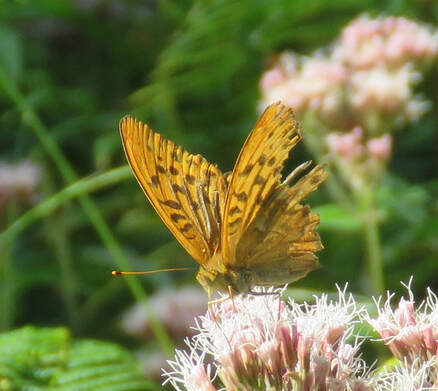 Silver Washed Fritillary
Silver Washed Fritillary This is the second summer of my quest to find and photograph SIlver Washed Fritillary. August is their peak-flight time but there are no fresh butterflies and it seems they've peaked.
We're loving the butterfly experience and the coolness of the wood in extreme heat. By mid-afternoon the temperature reaches 29 degrees. Watching the butterflies, it's hard to gauge how these conditions affect them. In drought. flowers have less nectar for pollinators. At least there's the soft mud which the butterflies like to suck up for mineral salts.
I must have seen Silver Washed Fritillary in the past without being aware of it. Now, they're in my dreams and plentiful in my photographic archive. Still not sure if I've photographed a female. Butterflies often settle in poses which obscure wing-pattern, light through closed wings plays odd tricks, and I still seek the perfect image, knowing there's no such thing. The quest goes on.
Radio 4 BBC Inside Science on 11 August 2022 has its final item on the restoration of Hardknott Forest and native oaks. Scientists working on the project have discovered that it can be between 5-7 degrees cooler in a wood. It's due to EVAPOTRANSPIRATION, a process whereby water is transferred from the land to the atmosphere by evaporation from the soil and other surfaces, and by transpiration from trees. So woodland is a cooler place to be in the extreme weather of August 2022.
Planting young trees is not an instant solution to the loss of mature trees. It takes twenty years for evapotranspiration to bring about that significant localised cooling of between 5-7 degrees. Felling trees is like switching off Nature's air-conditioning.
What do you do in 29 degree heat? I found myself reading Gilbert White's Natural History of Selborne. Seeing an illustration of a spider, I read his letter of 21st September 1741. On that morning he found cobwebs heavy with dew, then remarked ' a shower of cobwebs falling from very elevated regions.'
We thought the appearance of cobwebs gave an autumnal feel to the morning, wondering if autumn is coming early because of this extreme weather and Climate Change.
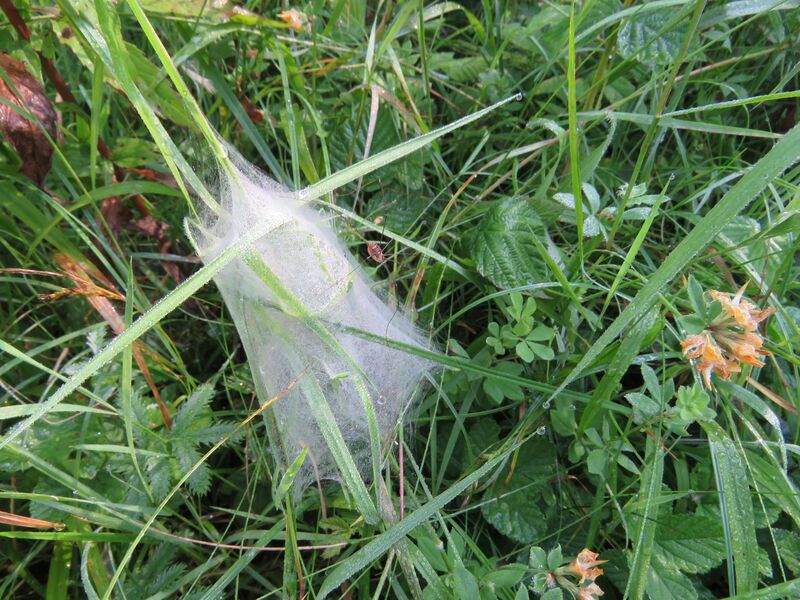


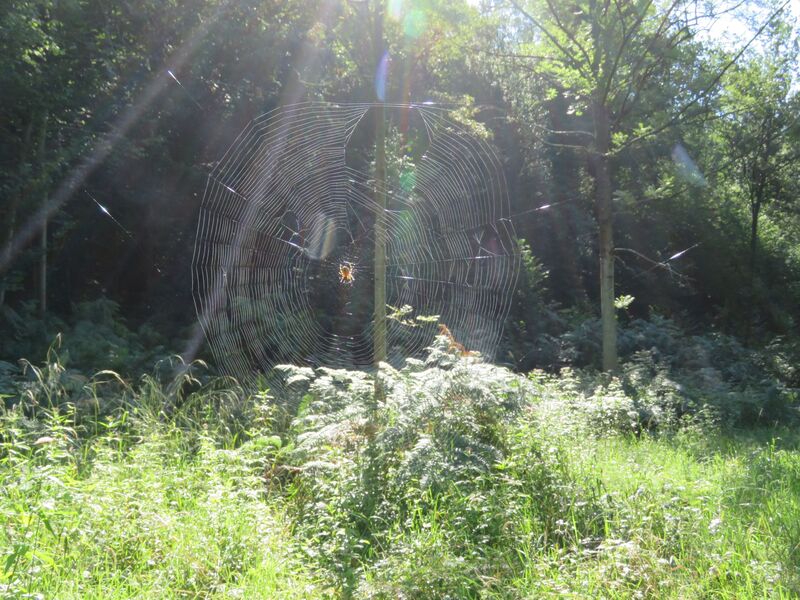
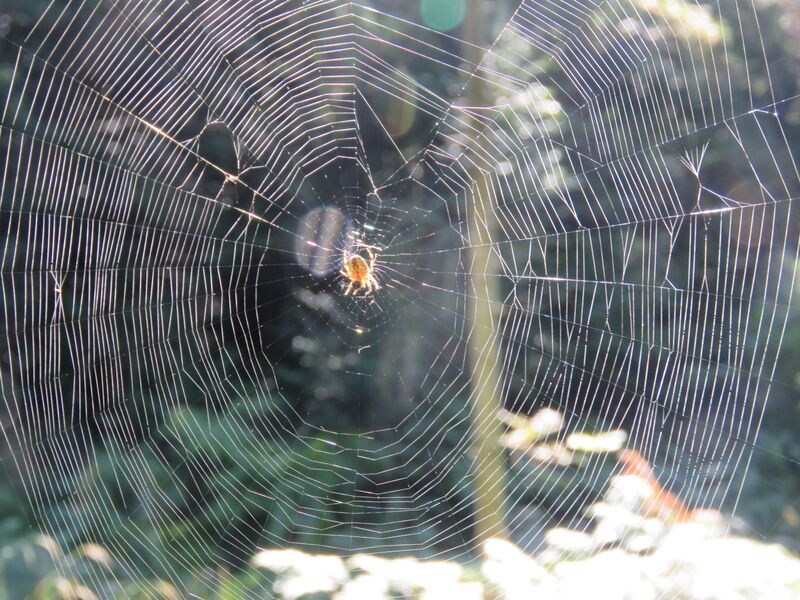
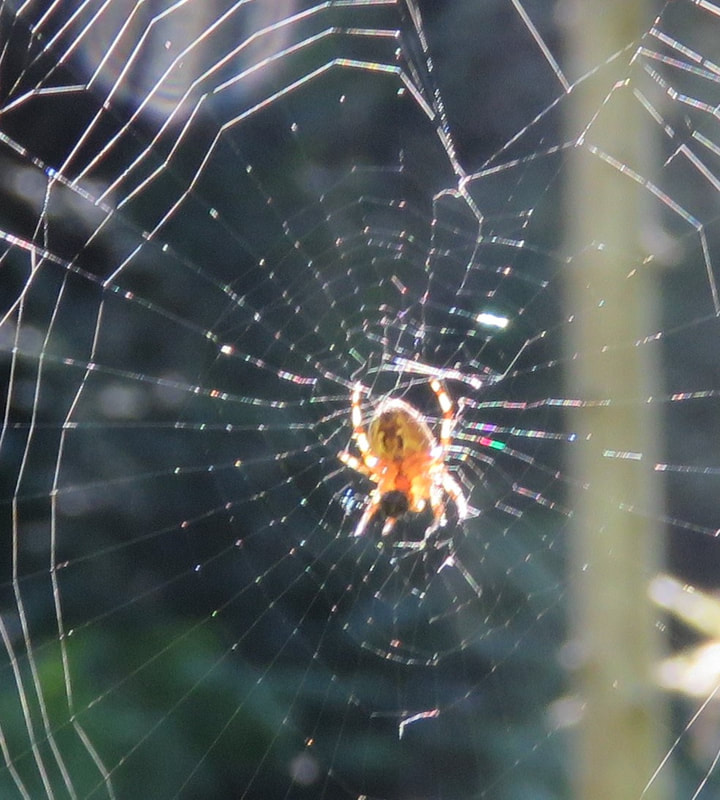
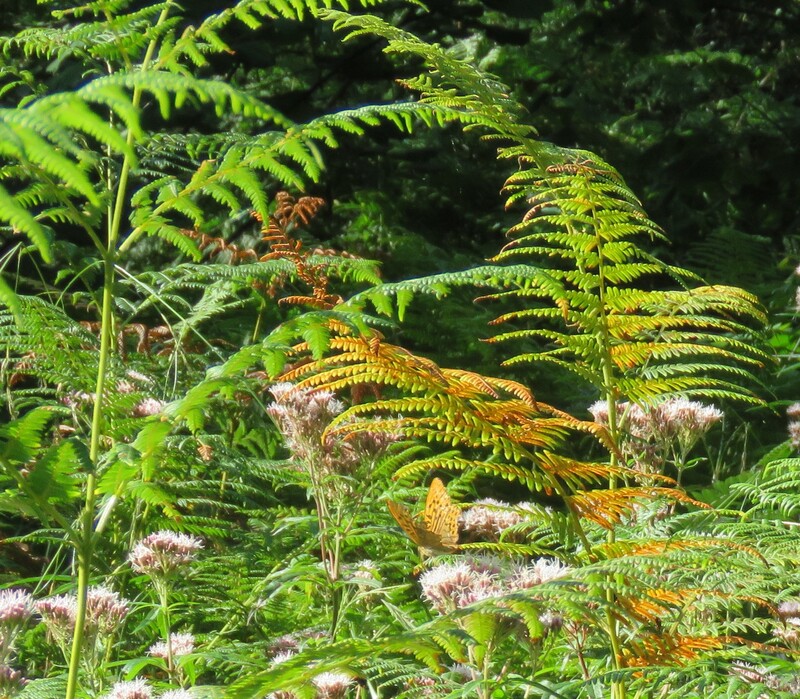
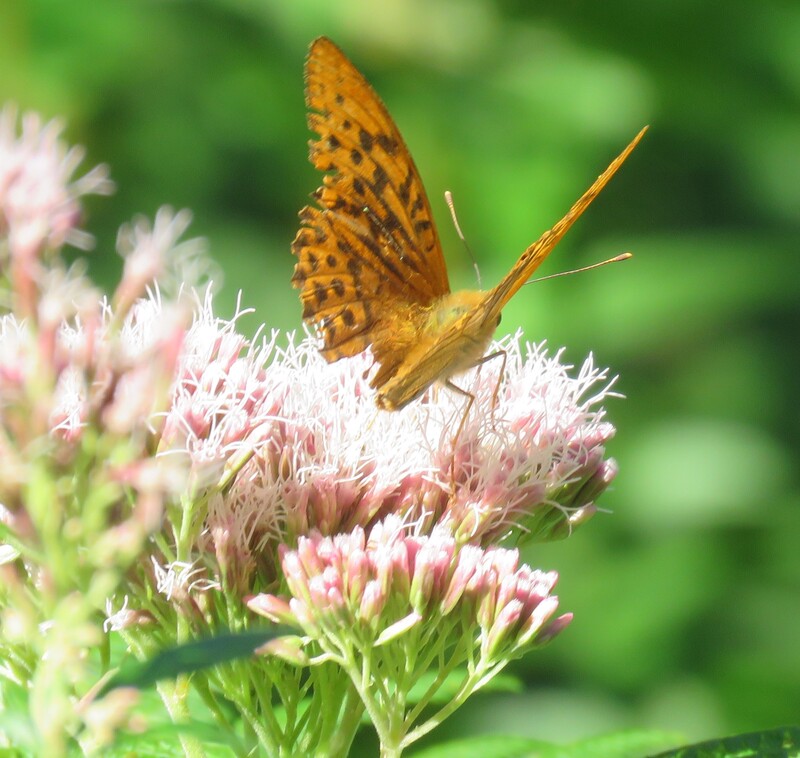
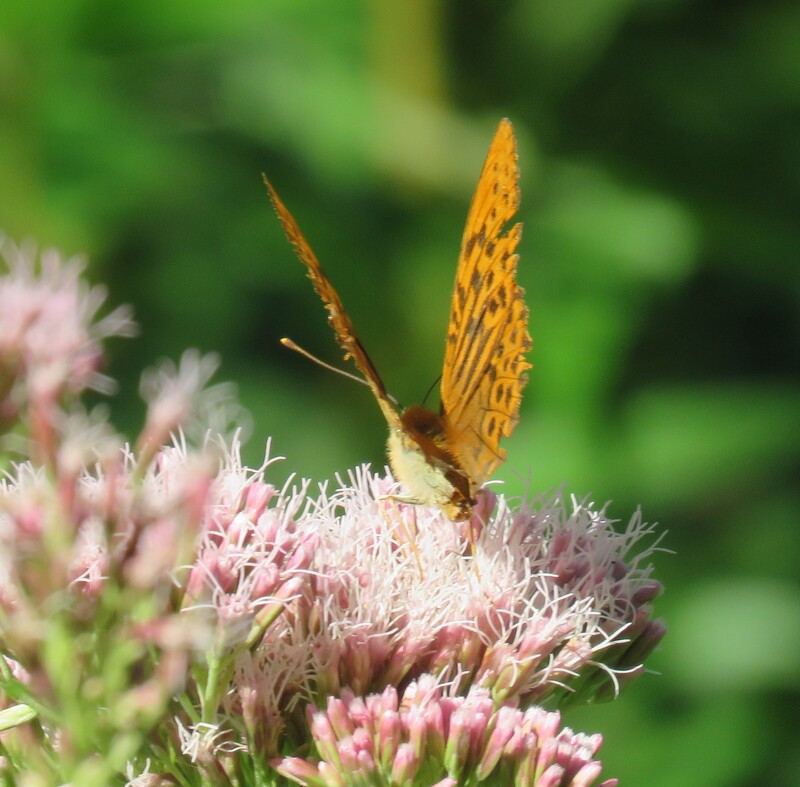
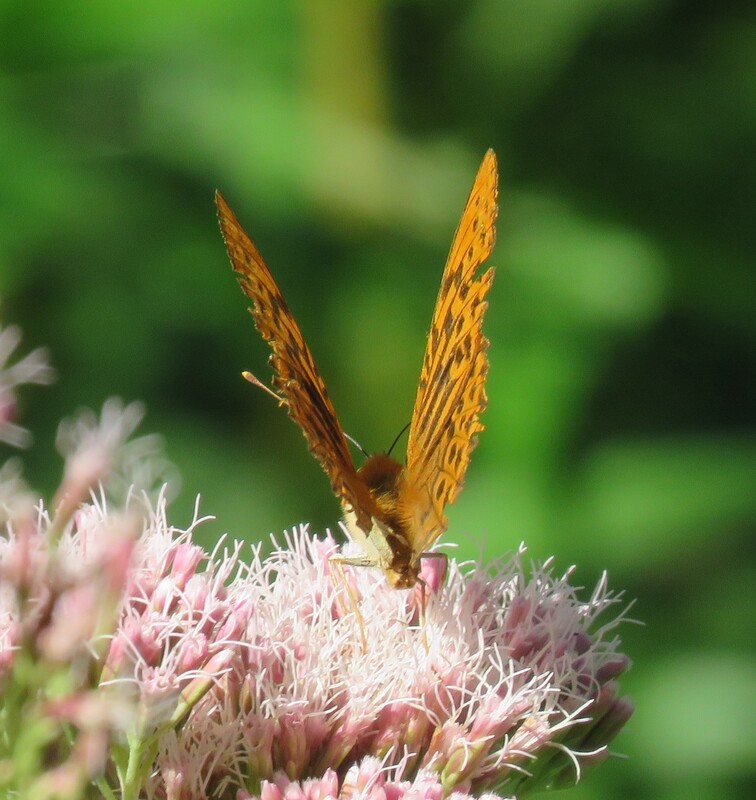

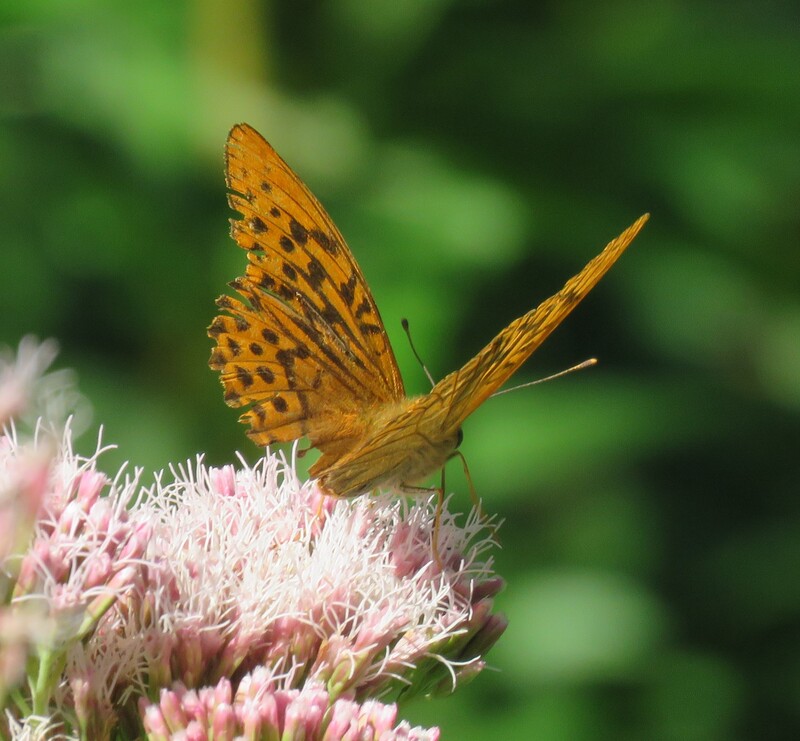

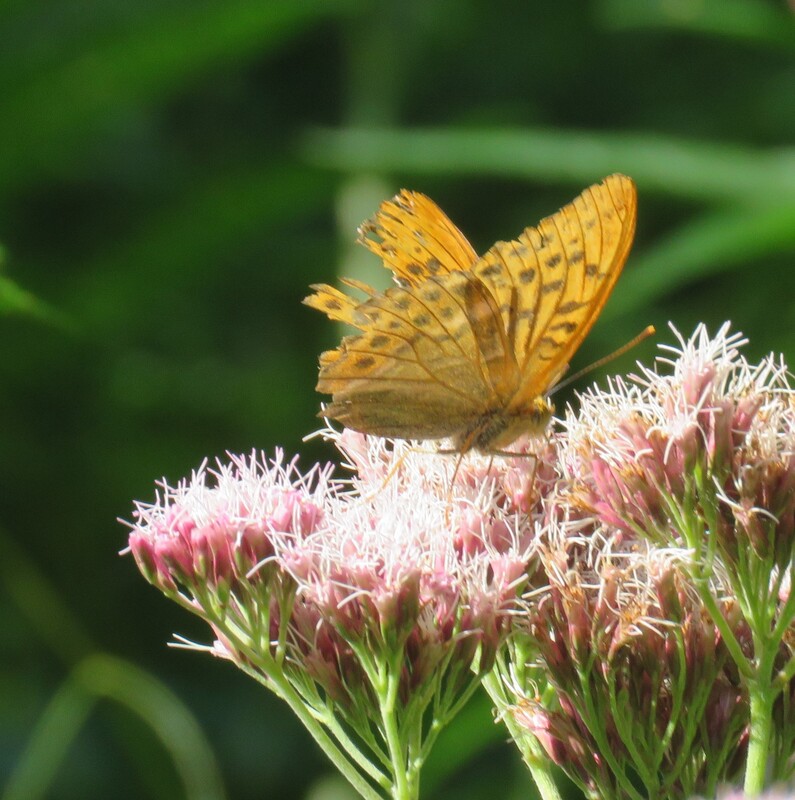



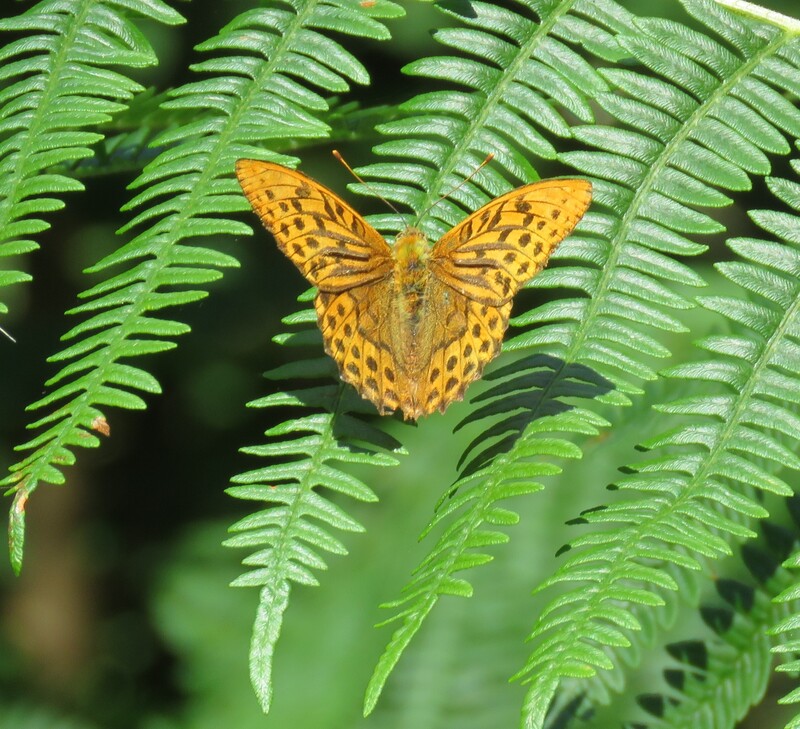
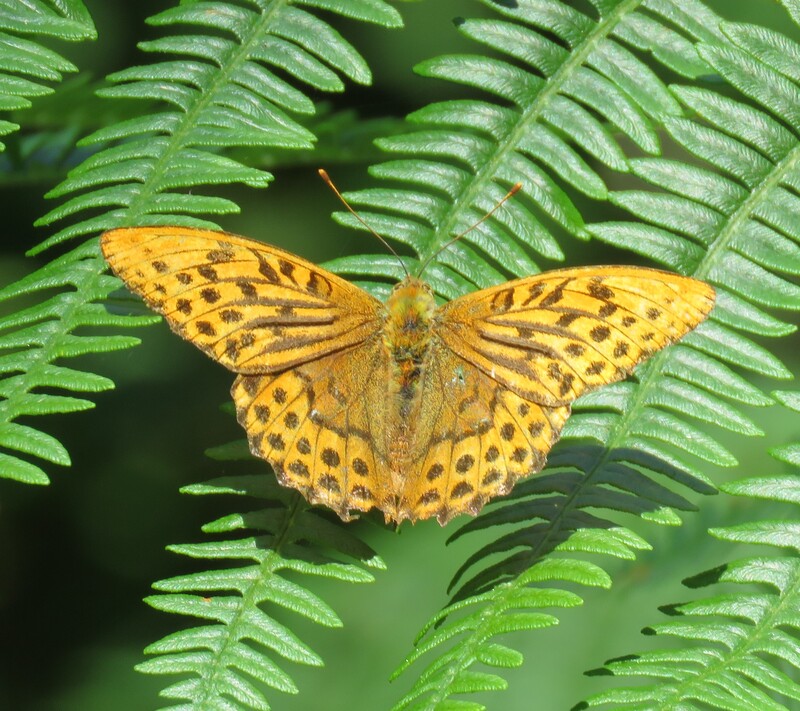

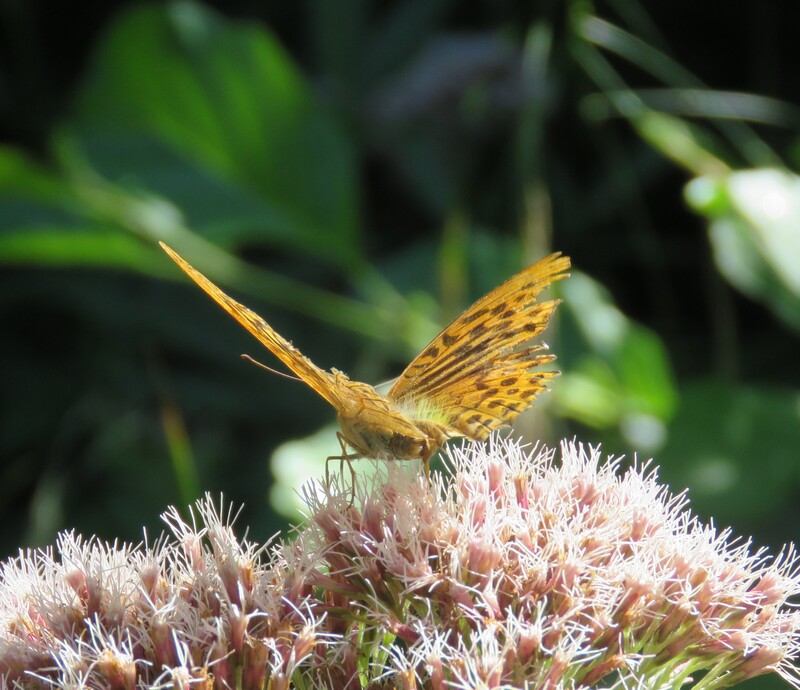

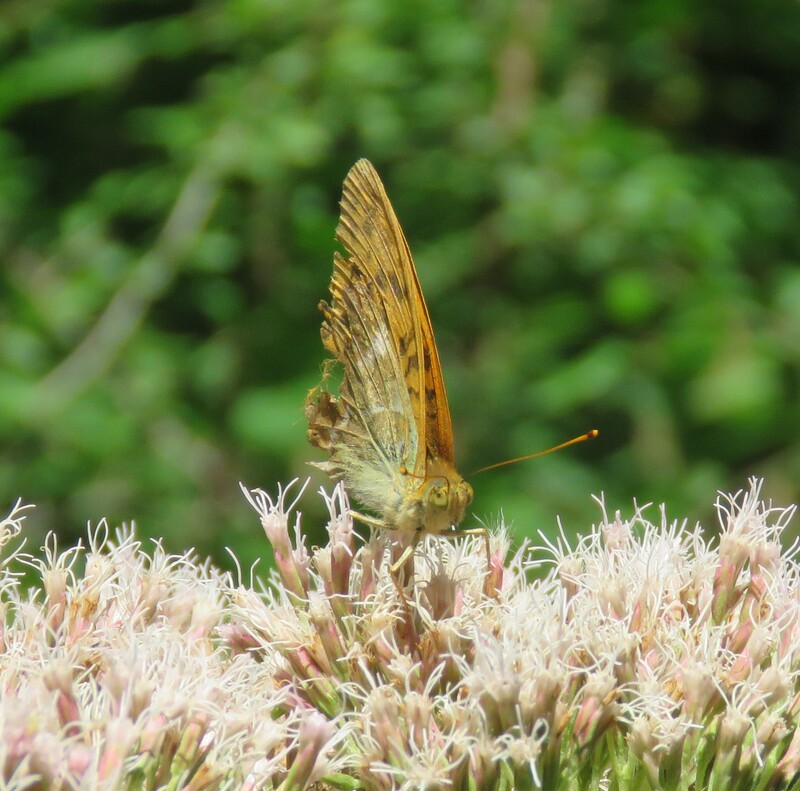


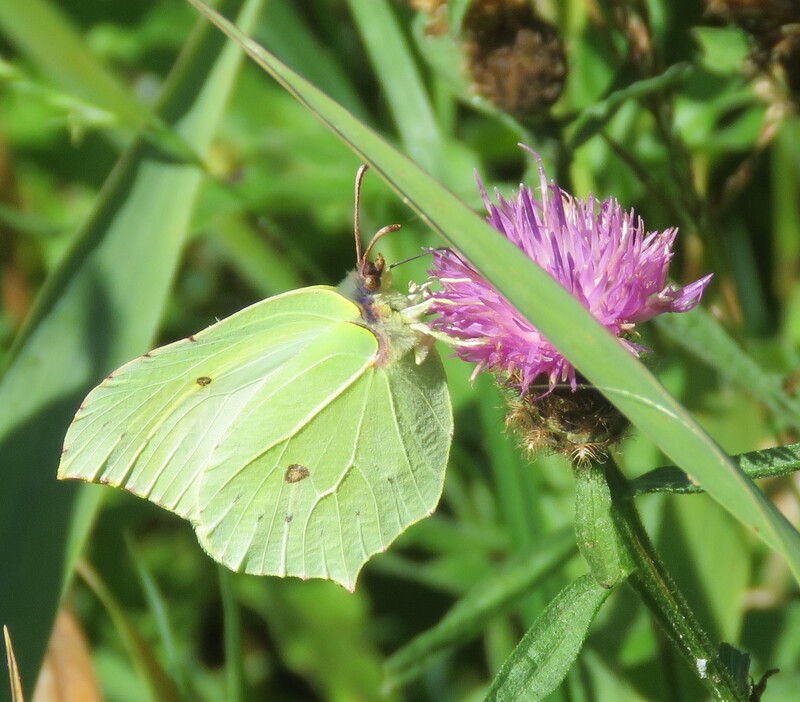

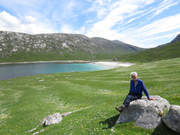
 RSS Feed
RSS Feed